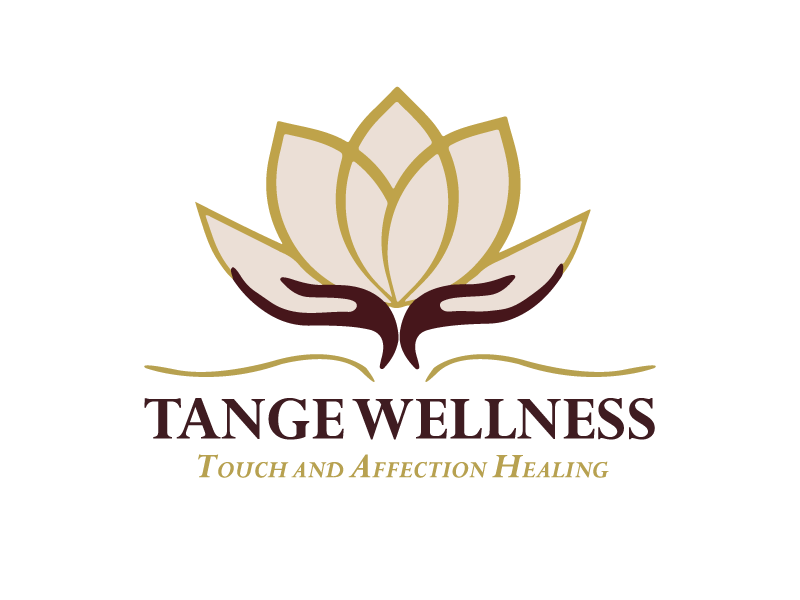Touch Deprivation Is a Public Health Issue Here’s What We Can Do About It
Are you aware of the silent epidemic happening right now? It’s called loneliness or isolation and it refers to the simple, essential human need for safe, consensual touch. I’m not talking about romantic touch or sexual connection. I’m talking about being held, the warmth of a hand on your back, the kind of contact that says ‘I see you’ and ‘You’re not alone.’
This kind of touch is disappearing and our bodies are feeling it.
The data is staggering:
Lack of social connection increases risk of premature death as much as smoking 15 cigarettes a day (Holt-Lunstad, 2015).
Chronic loneliness raises the risk of heart disease, stroke, depression, and anxiety.
Touch deprivation affects our nervous systems, our immune response, and even our ability to regulate emotions.
It is a public health crisis. We’re touch-starved, and for many people, especially men, neurodivergent folks, trauma survivors, and elders, there are very few spaces where touch is safe, wanted, and free from expectation.
So where does bidirectional therapeutic touch come into play you ask? Unlike massage or other one-way healing modalities, this work is rooted in mutuality and consent. Clients aren’t just passive recipients but they’re active participants in connection. They learn to ask, to adjust, to listen with their bodies. They learn that their touch is safe, welcome, and meaningful.
One client told me, “This is the first time I’ve felt cared for without worrying that I owe something in return.” That sentence still lives in my heart.
We are not simply speaking of comfort. It’s about emotional nourishment through mutuality. I often use this phrase because it captures what’s really happening in these sessions.
We’re not “fixing” people but we’re inviting them back into connection. When done right, with consent, boundaries, and intention, this kind of touch becomes a bridge out of isolation and into relational healing.
We can't afford to ignore this need any longer. We need to start talking about touch as medicine. As connection. As care. We need to start offering spaces where people can experience it safely.
Next week in Part 3, I’ll walk you through exactly how I help clients go from touch-starved and unsure to calm, connected, and confident in their own skin. I’ll share my method and how this practice is changing lives.




